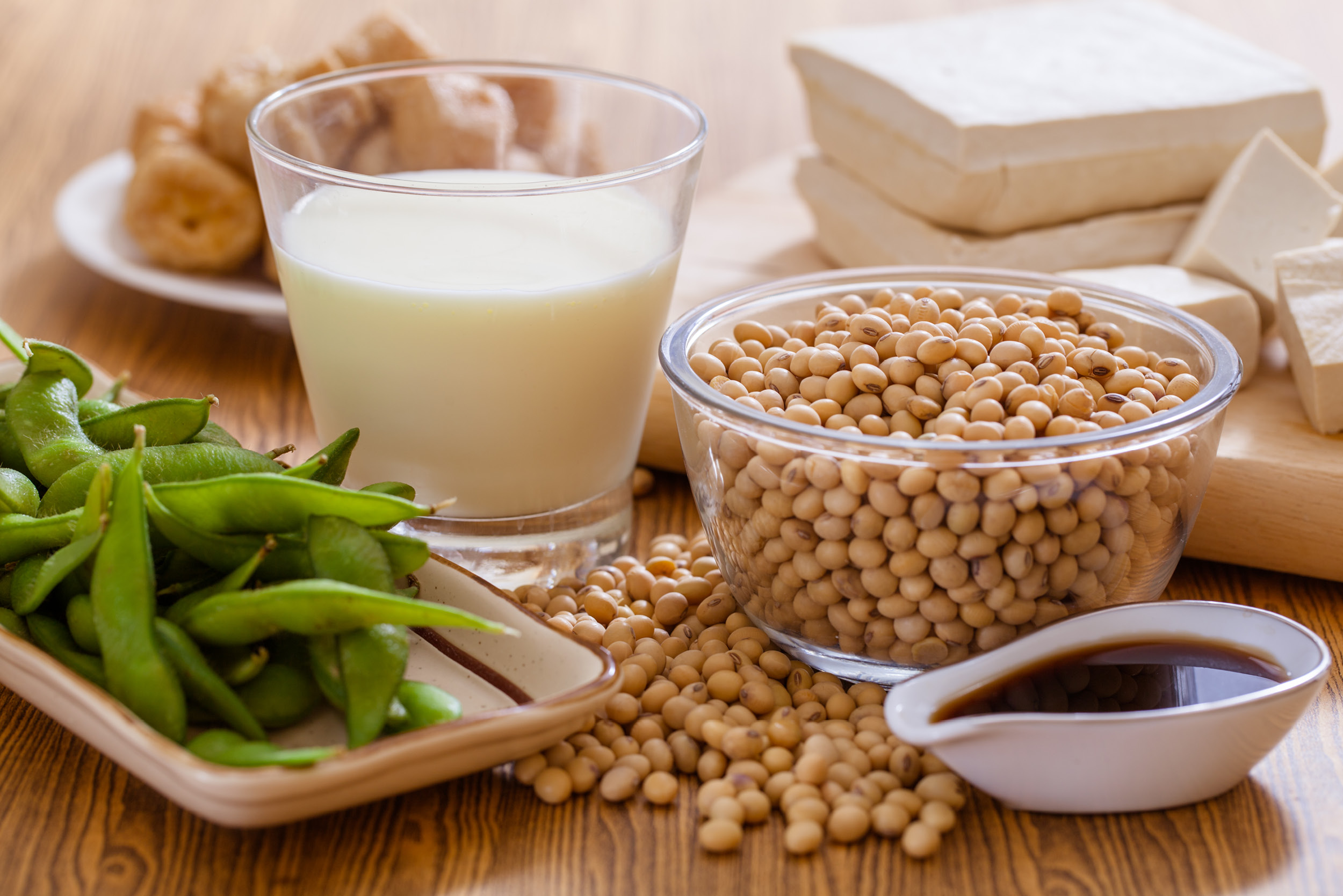Technically Speaking: Opportunities and challenges in Indonesia
In 2020, Indonesia was the 10th-largest destination for U.S. agricultural exports, totaling $2.8 billion. The United States is Indonesia’s top supplier of agricultural goods with a 16% market share, followed by China at 13% and Australia at 10%.
With an estimated population of 271 million and the largest economy in Southeast Asia, Indonesia is the fourth-most-populous country in the world with a growing middle class, providing further opportunities for U.S. food and beverage exports.
Soybeans and related products continued to be the largest export product to Indonesia by a wide margin, accounting for about one-third of U.S. and increasing $20 million – or 2% –from 2019 to $884 million annually. The largest increase in imports from the United States was soybean meal, up $81 million – or 525% – from 2019. Continued strong demand from Indonesia’s poultry sector drove strong growth in U.S. feed ingredients like soybean meal, dried distillers’ grains with solubles and corn gluten. Indonesian regulations preventing the import of corn continues to drive large imports of wheat for food and feed.
U.S. agricultural exports to Indonesia also face challenges. Indonesia continues to seek self-sufficiency in key agricultural commodities, which could mean limiting agricultural imports. In October 2019, Indonesia, the largest Muslim population in the world, began a five-year, phased-in implementation of new halal requirements for food and beverages, which is likely to pose significant challenges for U.S. exporters in years to come. (Source: USDA)
Technically Speaking is an SSGA feature that includes news and information from SSGA’s IP technical advisers for North Asia (Alyson Segawa), Southeast Asia (Hoa Huynh), India (Philip Shull) and Europe (Eugene Philhower). Please reach out to them via email. They want to hear from SSGA members!







Leave a Reply
Want to join the discussion?Feel free to contribute!